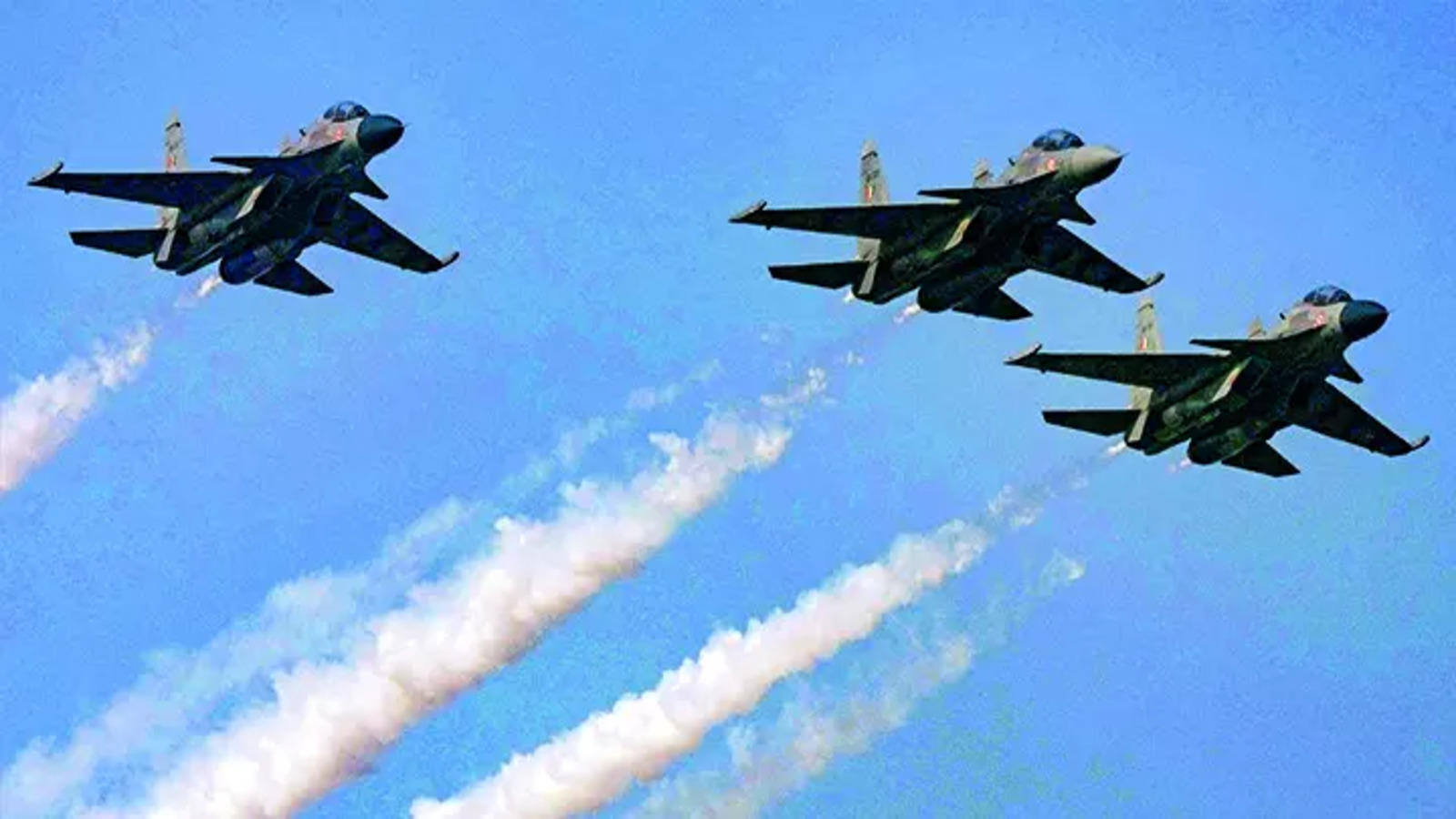Mahiyar Rohinton Patel, Pune
The Indian Air Force has decided to modernise its Su-30MKI fleet. The cost of this upgrade is 60,000 crores. The Su-30 is the backbone of the Indian Air Force. The IAF currently flies 272 Su-30s. The IAF first introduced this aircraft in 2002. It is based on the Su-30; it was built by Hindustan Aeronautics Limited under a licence from Russia.
The 3rd generation fighter was first developed by the Soviet Union in the late 1980s. The jet is also called Fulcrum by NATO. The IAF had planned a retrofit and modernization programme for several years.
The Defense Acquisition Council has finally given the acceptance of necessity for the fleet upgrade. The estimated outlay for the project stands at Rs. 60,000 crore.
The project is going to be undertaken at the IAF’s No. 11 Base Repair Depot. HAL is going to be the lead integrator for the project, but there is also going to be significant involvement from the private sector.
The Chief of Air Staff, Air Chief Marshal V.R. Chaudhari, speaking at the General B.C. Joshi Memorial Lecture at the Savitribai Phule University, said,The Su-30 jets will no longer be a Russian platform after the HAL upgrades them in the coming years. Once their integration and upgrade are done, we will be able to reach 78% indigenization of the aircraft.
The work is slated to begin this year. The upgrade is going to be conducted in 2 phases. The first phase will work on integrating new avionics and radars. The second phase will focus on integrating modern flight control systems. IAF has decided to focus on upgrading the beyond-visual range capabilities of its aircraft. The aircraft will see improved cockpit ergonomics, improved afterburner thrust, and a substantially reduced dry weight.
There will also be significant weapons system upgrades with a new weapons control system and the integration of BrahMos and Astra air-air missiles. Also, the indigenously developed Rudarm-1 anti-radiation missile is said to be integrated.
Another very important upgrade is going to be new engines for the Su-30. When the programme was originally being deliberated and the interim plans became public, there was no mention of new engines. New engines have now been sanctioned with an estimated Rs. 5300 crore. The RD-33MK is said to be in the offing.
Multiple different countries around the globe operate Su-30 fighters. There are over 600 Su-27/30-type aircraft operational in the world right now. The development of indigenous modern components for the aircraft can allow the country to export them to other countries.
